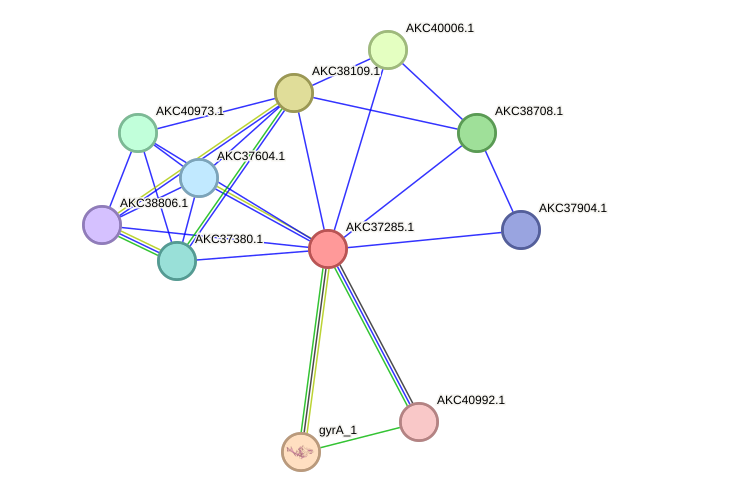Protein Catenane New Research: An in-depth exploration of the pharmaceutical sector reveals a conspicuous absence of economic perspectives, a critical facet in the current landscape. A pivotal focus emerges on the stability of the folded state, necessitating a meticulous examination of distinctions between open and folded states. Measuring free energy changes and temperature differences is imperative for understanding protein stability in diverse environments.

This research is done by Professor Wen-Bin Zhang. Professor Wen-Bin Zhang of the College of Chemistry and Molecular Engineering at Peking University and the Beijing Academy of Artificial Intelligence, along with Dr. Jing Fang of the same institution, are leading this research. Two mechanically linked polypeptide rings that fold cooperatively into a compact and integrated structure—an incredibly uncommon occurrence in nature—are referred to as single-domain protein catenanes. Artificial entanglement was introduced into this design by rewiring the connectivity between secondary motifs. Synthesis was easily completed in cells using a series of simplified post-translational processing events that were prearranged and did not require any further in vitro reactions.
Protein Catenane Dynamics: Unfolded State Challenges at Room Temperature: protein language model review
The unfolding rate of proteins, exposed to both ambient temperature and aqueous solutions, stands at a notable 2 * 10^7, establishing an exceedingly low probability of discovering an open protein. Conversely, the probability of encountering a folded protein is strikingly higher at 2 * 10^7. These revelations serve as crucial takeaways, emphasizing the propensity of proteins to favor the folded state.
Environmental Influences on Protein Behavior
Aqueous solutions at room temperature become a preferred protein milieu, driven by self-interactions and the intricate dance of hydrophobic and hydrophilic amino acids. Transitions to alternate solvents may disrupt this equilibrium, highlighting the delicate interplay within protein environments.

Stability Revisited: Equilibrium Constants and Protein Folding Dynamics
Delving into the equilibrium constants for folding and unfolding reveals intriguing insights into the rate constants governing these processes. A distinctive protein’s ability to fold spontaneously at a rate of k = 1 per second is juxtaposed against an unfolding rate of 10^7 per second under identical conditions. The resulting half-life of approximately 80 days underscores the rapidity of protein folding dynamics.
Transient Nature of Unfolding – A Critical Insight of Protein Catenane: Protein Catenane Synthesis
Unfolding is unveiled as a transitory stage, occurring in the transition state, with proteins predominantly showcased in their ideal, stable, and folded conformation. The dynamic interplay between folded and unfolded states unfolds as a crucial aspect of protein behavior, with unfolding being just a temporary transition.
stay tuned for the latest information about tech and innovations at Technofash.